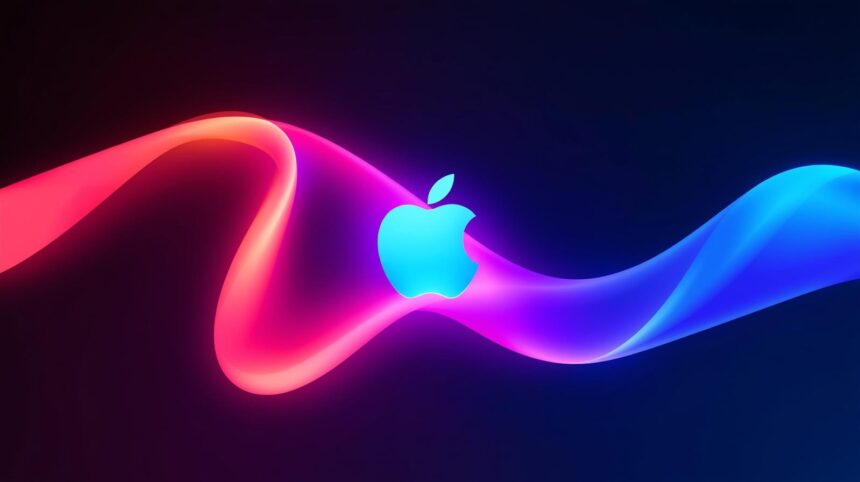Apple (NASDAQ:AAPL)’s iPhone Air, a slimmer variant in its lineup, has been met with lukewarm consumer response opposite to the company’s forecasts. Despite being Apple’s sleekest design in recent years, the sales data reveals a significant gap between expectation and reality. With a promise of modernization tied to its design, the iPhone Air faced barriers as price-sensitive consumers were turned off by its premium cost compared to other models with better specifications.
In past launches, Apple’s product releases typically met or exceeded sales predictions, bolstered by strong brand loyalty and cutting-edge technology. Recently, however, competing brands have increased their offerings at lower price points, predicting consumer trends more effectively. Apple used to capitalize on premium product pricing; lately, though, similar purchases have seen consumers prioritize features over thinness, pressing Apple to rethink its unique selling arguments.
What is causing the sales slump?
The iPhone Air’s tepid sales are attributed to its elevated price, paired with redesigned elements that consumers may perceive as less valuable. Issuing a slimmer device necessitated changes to the camera and speakers, which didn’t receive the anticipated positive response. Price sensitivity played a crucial role in deterring potential buyers who sought a balance between perceived value and cost.
How is Apple responding to lower sales?
In light of reduced sales, Apple has been driven to explore new strategies to invigorate its smartphone sector. The company’s iPhone sales account for a substantial portion of its revenue, necessitating innovation and adaptation. The International Data Corporation observed Apple’s redirection, noting it has already halved its production plans for the iPhone Air. The focus has shifted towards other models in the iPhone 17 lineup, which are performing better.
“Apple had bigger expectations for the Air and it has not delivered on them,” commented Nabila Popal, senior research director at the International Data Corporation.
This evaluation encapsulated the market sentiment and challenges Apple now faces with its cutting-edge device design, questioning the viability of novelty against functional enhancements. Apple’s thrust into the next quarter hinges on broader product line success and market adaptability.
“The base model iPhone 17 is very compelling to consumers, offering great value for money,” said Mengmeng Zhang, a Senior Analyst at Counterpoint.
As Apple seeks to secure strong holiday sales, these models offer improved features while maintaining affordability, appealing to a consumer base prioritizing function and cost-effectiveness over new design.
A contrasting approach can be seen with future projections. Bloomberg News suggested another iPhone Air version might emerge as part of a significant wave of smartphone upgrades anticipated next fall. This pivot could allow Apple to recalibrate its strategies and address currently evident market demands.
Apple’s trajectory with iPhone Air underscores the impact of consumer priorities shifting towards value-centric purchases. Apple’s move to adjust production suggests a recognition of this trend, altering its market approach accordingly. Meanwhile, the successful reception of other models in its lineup highlights consumers’ preference for substantial, impactful features. Thus, continuous observation of market preferences and agile adaptation remains essential for Apple as it strategizes upcoming releases.








